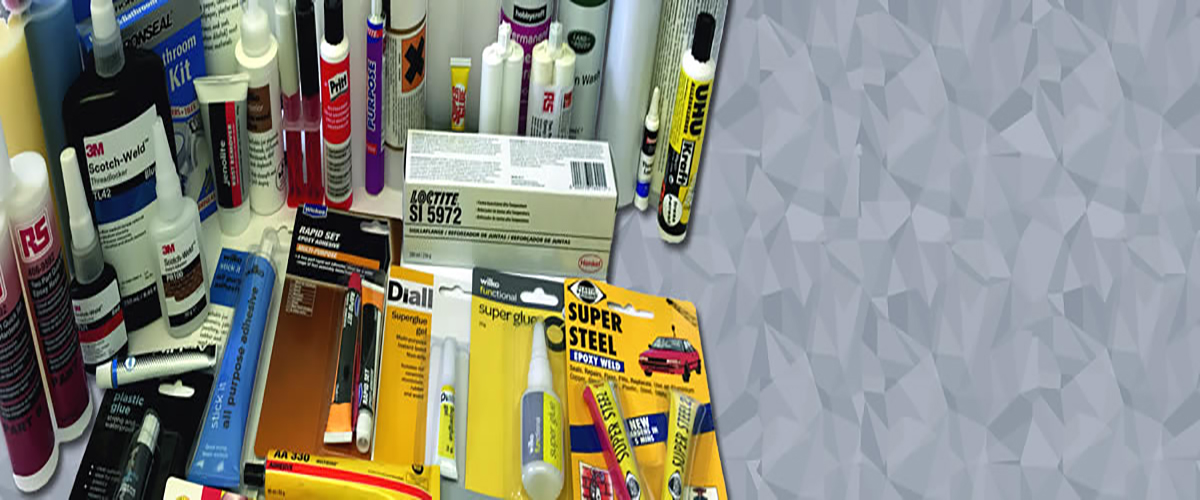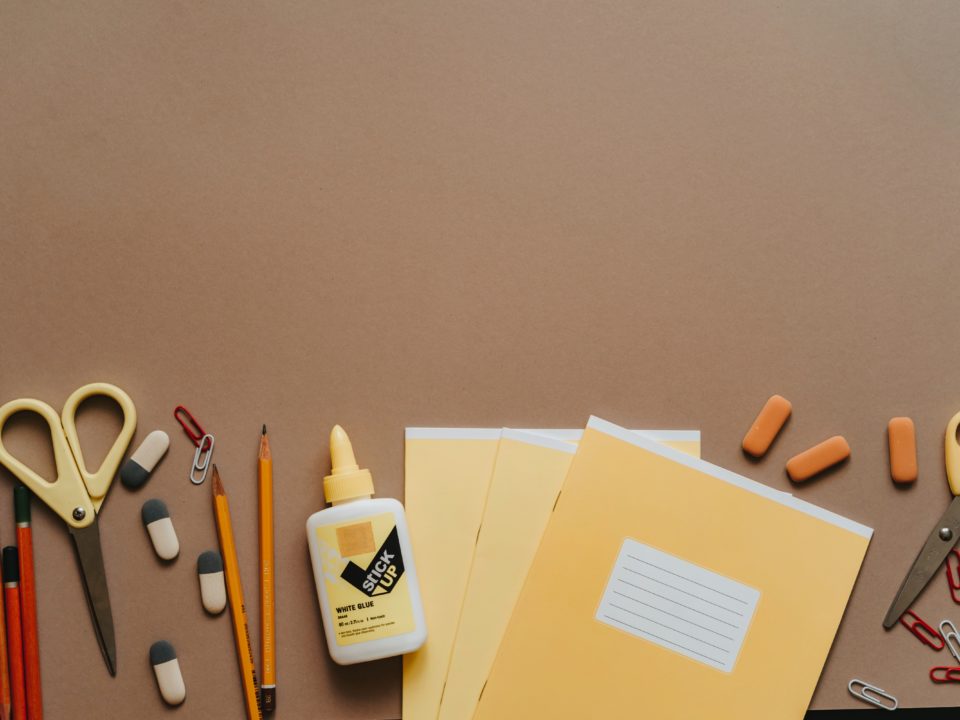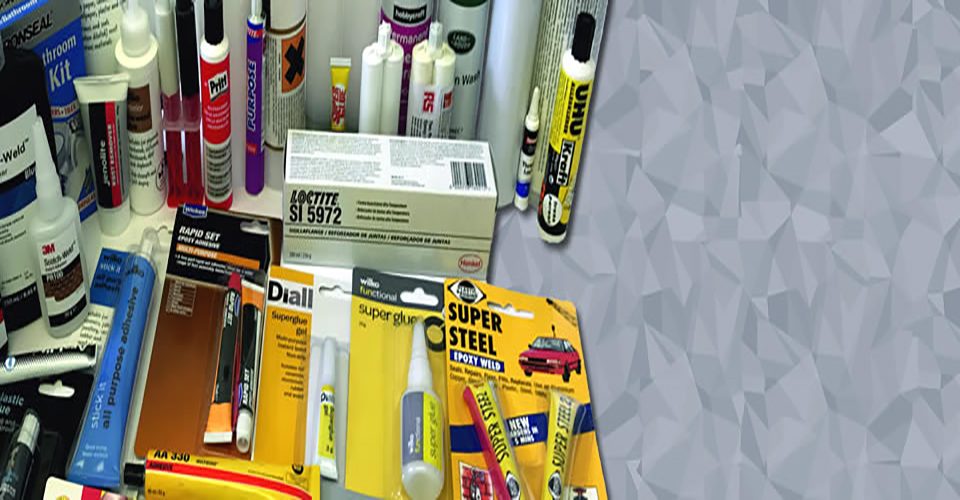A HISTORY OF ADHESIVES AND THEIR RISE IN POPULARITY
What Is The History of Adhesives?
When we talk about adhesives, the first word that comes to most people’s minds is ‘glue’. Without adhesives, the world would be a very different place. We wouldn’t have postage stamps, sticky plasters, Sellotape, wallpaper, paint, and a whole host of everyday items that are put together with adhesives. It is easy to take them for granted, and the history of where they rose from is an interesting one.
YOU’LL NEVER GUESS WHAT THE STICKIEST THINGS IN THE WORLD ARE!
The earliest evidence of adhesive usage stems back to more than 5,000 years ago and can still be seen this very day. Cave paintings are believed to have been created using a mix of natural glues and oxides to create artwork that not only stuck to the stone surfaces but would also be protected from water damage. The mix obviously worked better than the people of the time could ever have hoped for, as 5,000 years on and the paintings are still going strong.
Early man took advantage of organic adhesives which came from the skin, bones, hoofs and horns of many mammals. The collagen inside created a sticky bond that dried firm and could be used for bonding building materials together such as leaves and bark. They also discovered that fish skin and bone created a sticky bond that dried clear and this was also developed and used in some of the earliest photographic processes.
As time progressed, the boiling, extracting and creating of adhesives advanced. This allowed humankind to create objects such as pottery, weaponry and utensils. During the Roman era, glue became big business and was used in large quantities to set the huge glass and ceramic tiles onto the floors and walls of some of their most majestic buildings. Bath houses were created using tiles and adhesives and without them, man’s habits of cleanliness may not have evolved quite as quickly.
While animal based glues are still used as an important part of the furniture and cabinet making industry, we now have access to many man-made, animal free types of glue that surpass any of the bonding qualities of an organic adhesive. One perfect example of a man-made glue with amazing bonding powers is super glue, and another is a new type of adhesive known as ‘gecko skin’ which has been created by scientists who spent years studying how Geckos can not only climb walls and ceilings, but how they stay stuck in place without falling.
What Types of Glue Are Used In Everyday Life?
Chances are, everywhere you look you will see something that is held together with adhesives. Some may be more obvious than others and some you may not even realise are created with adhesives. There are many types of glues on the market, so what are some of the more common ones you are most likely to use in certain locations?
Home & School:
In the home and at school, you are most likely to find PVA glues; these tend to be non-toxic and child-friendly glues used for arts and crafts. The majority of PVA glues can be coloured by adding paint to them, and if left in its original condition will dry to a clear, high shine finish. Polyvinyl acetate is a synthetic compound with a rubbery texture that was discovered in 1921 in Germany, and today it is used for book binding, woodwork, arts and crafts, creating a sealing bond and priming surfaces. Super glue is also another common glue found around the home and many of us have used it to repair damaged china, shoes and toys.
Another glue we are all familiar with is the trusty ‘Pritt stick’. A favourite of children and adults the world over, Pritt stick makes play with arts and crafts possible with the use of a safe and non-toxic adhesive that provides a gentle bond without trying to permanently bond our hands to whatever we are using it on.
Hospitals & Medical:M
In the medical world, you can find adhesives in a whole host of items from plasters to wound glues. One of the most recent advances with glue is medical grade super glue. Medical grade super glue can be used to close a wound without the need of stitches and provides a strong, firm seal that prevents bacteria from entering the body while encouraging wound healing. Much like super glue, medical grade glue is made under sterile conditions to help ensure it is safe to use on open wounds. Another use of adhesives for the body is with spray on plasters. A spray on plaster is not a plaster in the sense that we know of, but more of a clear, sterile coating that acts as a second skin and provides a barrier to prevent bacterial infection in open wounds.
Industrial:
One of the best known industrial adhesives is epoxy. Epoxy is similar to super glue with its ability to bond surfaces, in fact, when two surfaces are joined with epoxy, they are structurally seen as one. There are also silicone adhesives, hot melts, bonding tapes, adhesives cured with U.V light, polymer resins and super glues. An industrial strength adhesive that can be used in the home is one such as ‘no more nails’ which is a Styrene acrylic copolymer. While strictly speaking, Styrene acrylic copolymer is an adhesive, it can also be seen as a plastic. Its use in home improvements makes quick work of items that may have required drilling, fixing and joining by creating a solid and strong bond that can hold mirrors on walls, repair broken furniture and be used to fix tiles to walls.
What Makes Super Glue So Super?
Did you know that a 1 square inch bond of super glue can actually hold a ton of weight? The main compound in super glue that makes it as strong as it is, is cyanoacrylate. Cyanoacrylate is a resin compound that dries almost instantly on contact with water; luckily, water vapour can be found almost everywhere and is abundant in the air that we breathe. When exposed to water molecules, super glue undergoes a process called anionic polymerization, which basically means it produces heat. It is this heat that cures the super glue and sets it firmly.
The heat produced by super glue can be intense enough to actually cause a burn, in fact, if you saturated a cotton wool ball with enough super glue it would burst into flames from the amount of heat produced. The cotton wool trick has been used by survivalist around the world to help them light fires. Super glue has the strength to bond a dining chair to a wall … and hold the weight of an adult sitting on it (of course, the plaster on the wall may not hold up to the weight, so don’t try this at home).
Many people wrongly believe that super glue was invented during the Second World War where it was used to close the wounds of soldiers injured in battle. While there are accounts of its use for that very purpose during the Second World War, the creation of modern day super glue stems back to 1942 when it was created by Harry Coover. Before that time, polymer resins were used, but deemed as ‘too sticky’ for use on gun sight shields.
Nowadays, you can find super glue in every major supermarket at very low prices. Storing it in a cool and dry place out of direct sunlight will help it to last longer once opened, however, eventually the glue will cure in its container after being opened as water molecules find their way in.
How To Remove Super Glue From Skin?
Super glue can go from being useful to being a nightmare in a matter of seconds. If you find yourself stuck together with super glue then you need to find some oil to help break the adhesive bonds. Never try to wash it off with water as water causes the super glue to set on contact. Any oil will do, but baby oil or vegetable oil are most likely the ones you will have close to hand. Cover the glued areas with oil and slowly rub at it to help break down the bonds. If possible, fill a bowl with slightly warmed oil and allow your hands to soak in it for around 10 minutes. Once you have managed to free your hands, gently rub them together to remove any residual glue left behind.
It is a good idea to lightly oil your hands before attempting to bond any items together with super glue to prevent yourself becoming attached to the item. A little oil goes a long way, so use sparingly and avoid getting any oil on the surfaces you are trying to bond. If you do find that some oil has run onto the surface where you will place glue, use some white vinegar to wipe the surface down with before bonding. Avoid using rubber or silicone gloves when handling super glue as these will become stuck very quickly and can produce enough heat to burn the skin. As with all products of this nature, keep them out of reach of children and never let them use it unattended.
How To Make Your Own Glue.
If you want to try making your own glue (and use your children as an excuse to do so) why not try one of the oldest D.I.Y adhesive methods known and loved by anyone who ever made it as primary school. All you need is a bowl of white flour, water, sugar and vinegar. Mix it together and allow it to sit for around 5- 10 minutes, once it becomes tacky you can start to stick things down with it, make paper chains, or just enjoy its texture.
If you are an adult with a curious mind and a strong stomach, you can also attempt to make your own glue by boiling animal bones, skin and feet. Simply fill a large pan with water and place in all of the animal parts, leave to boil and reduce for a good 2 hours before removing from the heat. Allow to sit for around 30 minutes and then scoop up the layer floating on the top of the water and place into an airtight container. You then have your own home-made glue to use on paper and envelopes without the need to buy any from the shops. Of course, buying glue would be much easier (and would smell a lot better too) but if you enjoy making your own organic products, this is a good way to go.
Conclusion
Without glue, many of the things we take for granted would not be in existence. You may not think of cement as glue, but in fact, it is one of the most widely used glues in existence. Without it we would not have high rise buildings and sky scrapers, houses would most likely be basic wooden structures, roads would never have been invented and life would most likely have not improved as quickly as it did.
Can you imagine the world without glue? How would you wrap your gifts a Christmas? In fact, would you even be able to buy such a variety of gifts without it? Toys wouldn’t exist, PC’s and mobile phones would be a thing of the imagination, wallpaper and paint wouldn’t have come into existence and even the shoes on our feet would be nothing more than a dream. Without adhesives, the world would look very different to how it does now.
Luckily, mankind was lucky enough to be blessed with an inquisitive mind that allowed the birth of adhesives, and our world is a richer, more advanced place for it. The sole of your shoe is falling off? No problem, super glue it. We may take it for granted, but one thing is for sure, glue enriches our lives for the better and enables us to possess things we never knew were possible just a few centuries ago.



